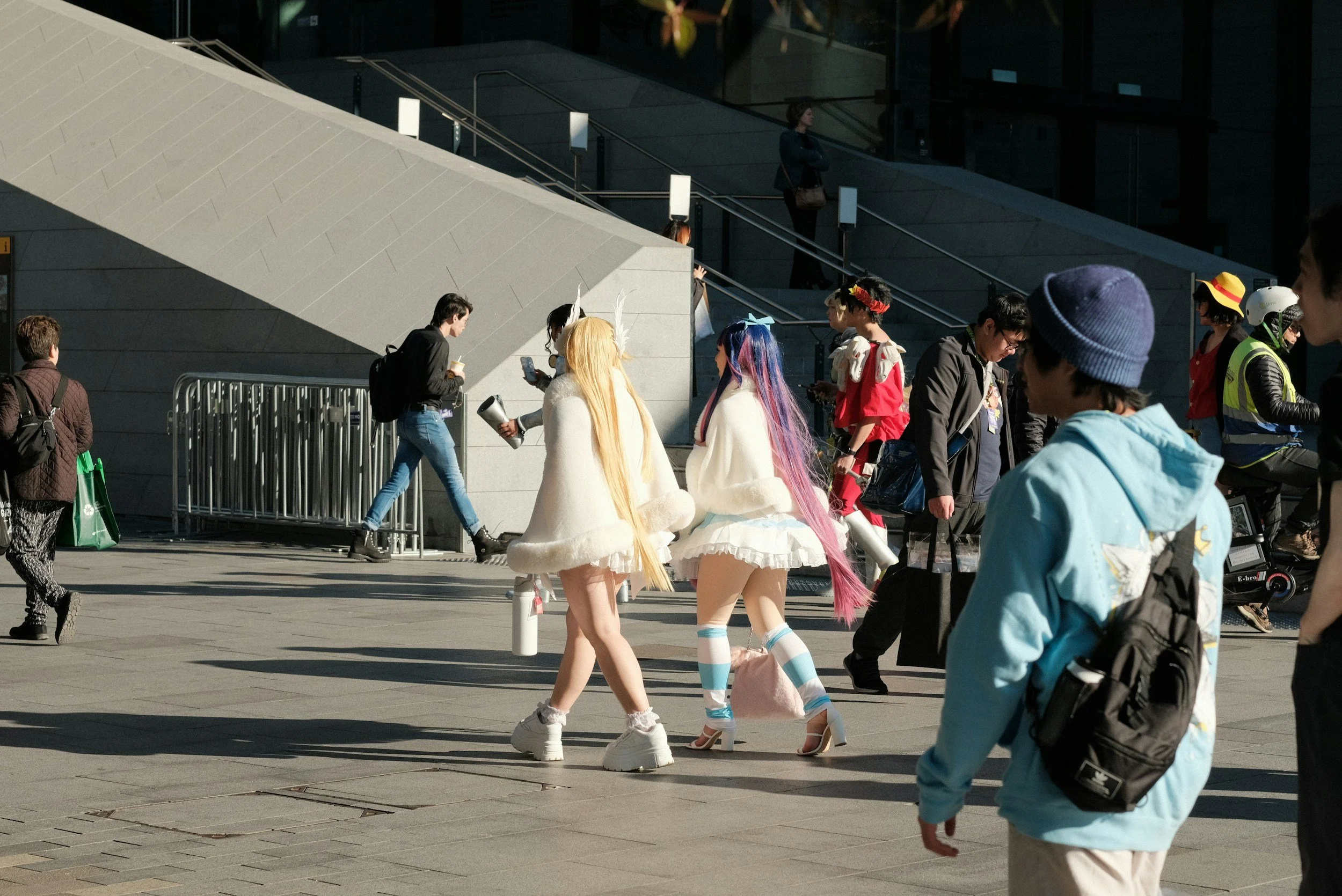Demon Slayer’s $70m North American Debut and Stadium-District Potential 2 of 3
Key Takeaways:
Treat article-verified peaks as operational catalysts that structure pre-release, premiere, and tail phases inside Japan stadium districts.
Use the Sony Pictures Entertainment plus Crunchyroll pathway to design phased bundles and sponsor ladders that follow the fan journey from stream to screen to site.
Plan against the trilogy timetable with light, repeatable playbooks that keep activation costs variable and outcomes measurable.
Article Summary
“Demon Slayer: Kimetsu no Yaiba Infinity Castle” opened at an estimated $70 million in North America, topping the weekend box office and surpassing 1999’s “Pokemon: The First Movie.” The article notes younger audiences’ shifting tastes, anime’s distinct positioning versus U.S. studio animation, that Disney’s “Inside Out 2” opened at $154.2 million, the franchise’s planned trilogy with strong results in Japan, North American distribution by Sony Pictures Entertainment with streaming reach via Crunchyroll, and visible fandom at Anime Expo.
Lifecycle Cadence that Structures the Week, not just Weekends
The article confirms a number one weekend at an estimated $70 million, supported by Crunchyroll’s global streaming base and large gatherings such as Anime Expo. Together these factors outline a three-phase operating spine. Pre-release programming can build intent through teaser screenings and curated merchandise previews. The premiere window should concentrate value with timed meetups, hospitality tiers, and precinct-wide theming tied to peak spending. Post-release phases can extend engagement through replay nights and collectibles trading that anime community behavior makes credible.
Scheduling aligns with the same cadence. Pre-release evenings focus on community building with low-cost programming. Premiere periods, especially Friday night and Saturday afternoon, carry the heaviest meetups and require strong queuing and dayparted offers for families, superfans, and collectors. The following weeks can shift to replay screenings and targeted merchandise drops. City overlays remain light but timely, with permits for fan zones, temporary wayfinding, and last-mile transit boosts matched to each phase highlighted in the article.
Repeatable Economics that Scale on Trilogy Timetables
Three-ring monetization: Core film (cinema tickets and timed experiences), precinct capture (synchronized F&B, exclusives, themed spaces), and sponsored layers (phase-matched visibility from teaser to tail).
Dayparted offers and capacity controls: Evenings suit superfans, afternoons suit families, late nights suit collectors, with timed sessions and clean queue routes that raise conversion when demand concentrates at premiere.
Light measurement and iteration: Track throughput, dwell time, and merchant turnover by phase, then adjust staffing and product mix for the next chapter so costs stay variable and lessons compound along the trilogy timetable confirmed in the article.
Deal Architecture that Smooths Revenue Across Chapters
The article identifies “Infinity Castle” as the first in a planned trilogy and notes strong performance in Japan. That cadence enables simple commercial structures that compound without heavy process. Districts can secure sponsor options that step across installments, moving from teaser presence in the lead-up to marquee assets on premiere weekend and community programming support in the tail. Pre-booking precinct zones for recurring IP-led weekends fixes space rights and core operating costs early, which improves forecasting and reduces set-up friction when attention peaks.
Short-term licenses for pop-ups, timed to each installment, keep capex light and align lease obligations to the article-verified demand pulses. After each window, a concise review focuses on throughput, dwell time, and turnover, then refines layouts, staffing, and packaging for the next chapter. The result is a repeatable revenue rhythm that rides the trilogy timetable while preserving flexibility between beats.
Our Perspective: Japanese IP as bankable, phase-based cash flow generator
Japan Stadium Partners views the article’s evidence, including record opening, weekend leadership, platform distribution through Sony and Crunchyroll, and a multi film roadmap, as sufficient to move from enthusiasm to design. Phase specific products, trilogy linked rights, and capacity economics create durable precinct yield without overengineering. JSP’s role is to codify these into deployable terms and operating kits that clients can scale across Japan’s stadium anchored districts.
In Part 3, we set out oversight checkpoints and a governance rhythm that keep this IP-led strategy disciplined across capital plans, operations, and public coordination.
(All images in this post are licensed stock images used for illustrative purposes only. Viewer discretion is appreciated.)

